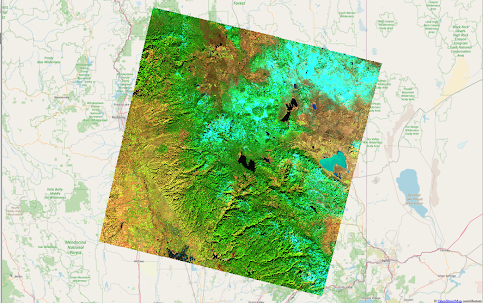Startups and the emerging market for data science in forestry

Today, we’ll wrap up our look at how data science, machine learning and AI are transforming the forestry sector by exploring the market and startups in the field. Forest products like timber, pulp, herbs and others contribute at least half a trillion dollars to the global economy each year. Now, while the word “forest” typically conjures up an image of a place that’s remote, hard to access and undisturbed - the truth is that a lot of forest products come from agro-forests. These are forests that are planted, harvested and maintained similar to crop fields - and thus, have similar issues to those seen in the agricultural sector. However, while there’s been a lot of interest in the agricultural sector on using data science, machine learning and artificial intelligence to solve problems, the forestry sector has been slower to catch on. But that’s been changing in the last couple of years - with Scandinavian countries and Canada leading the way. And the major developments have...


